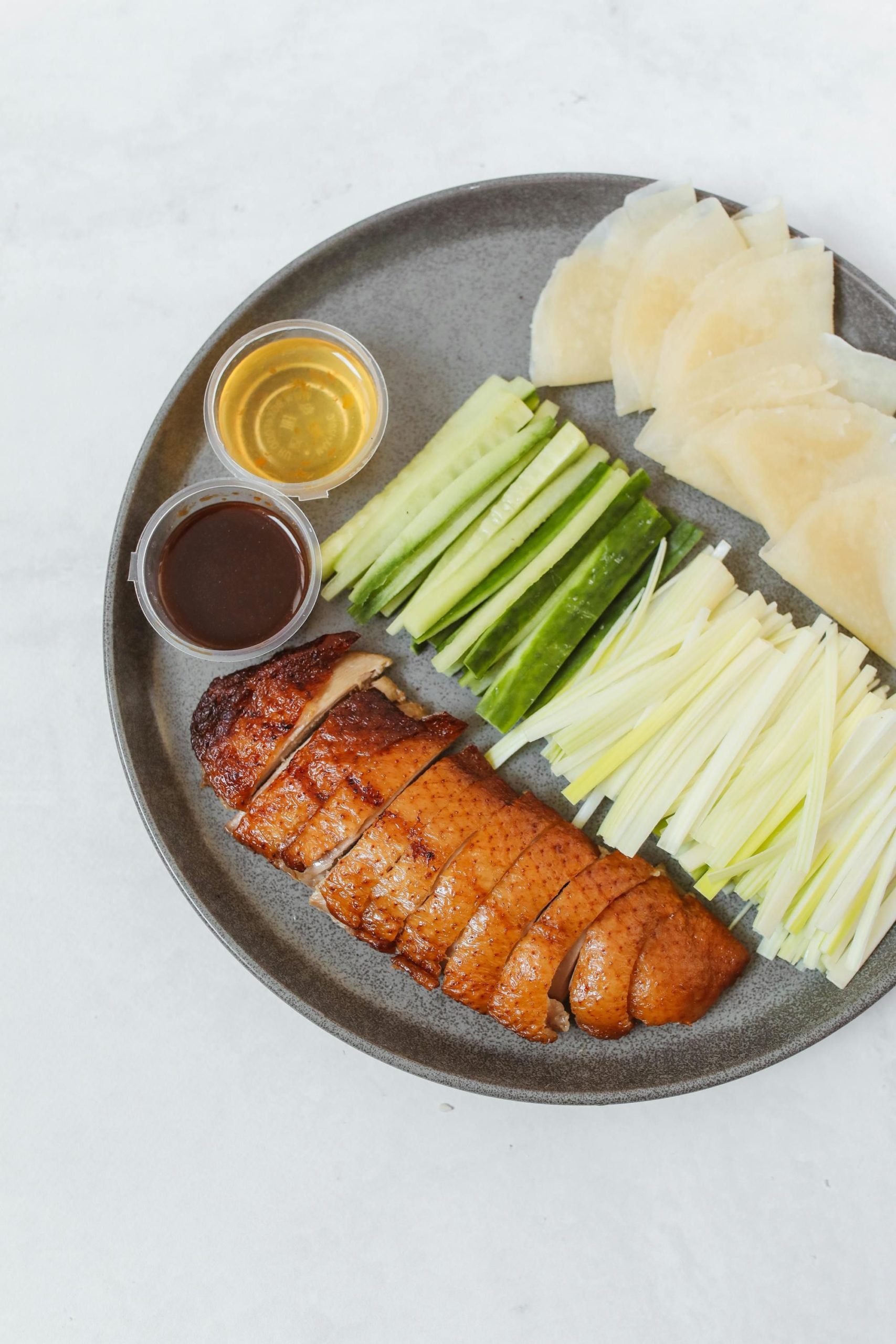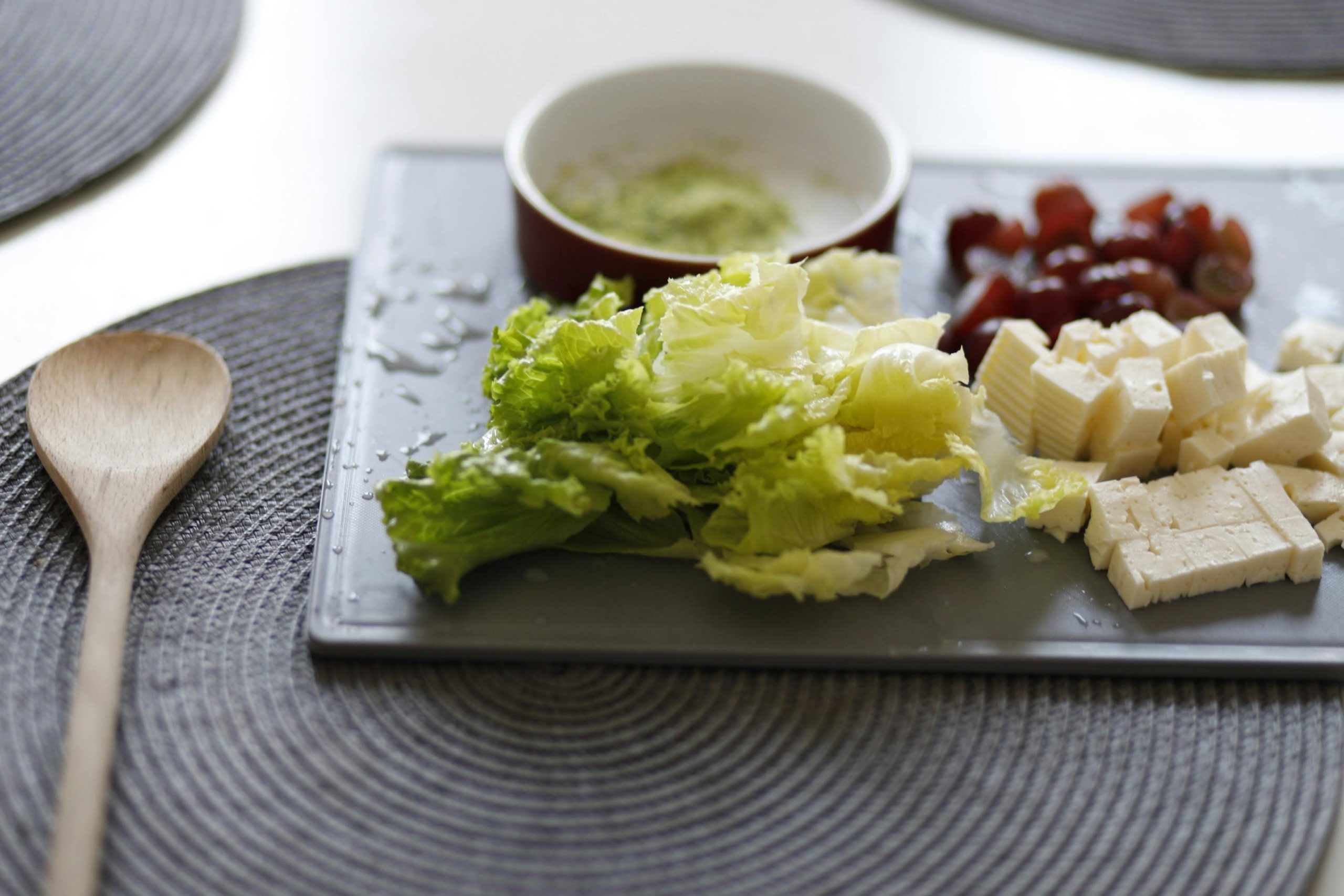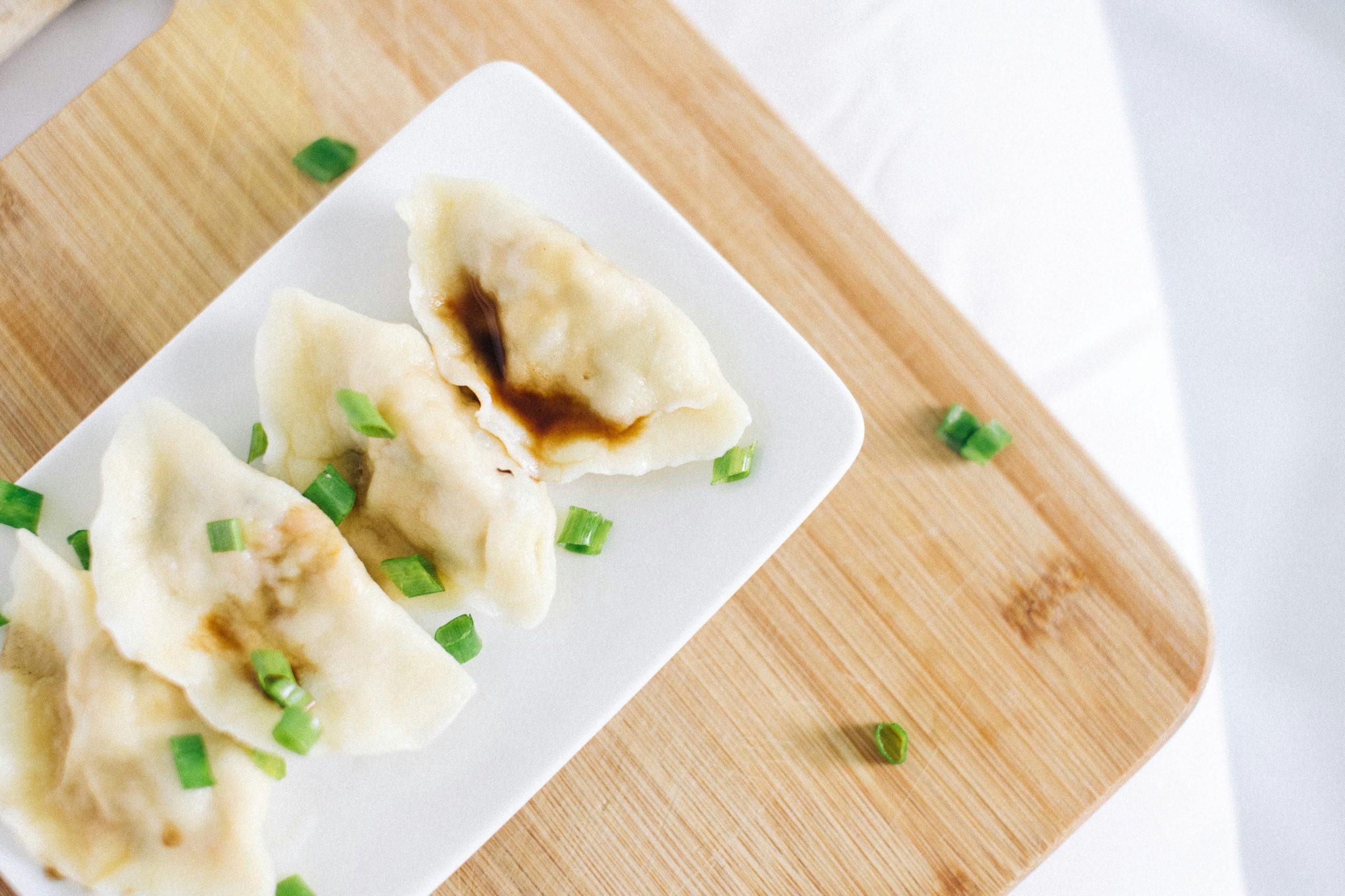Ever wondered why Chinese food tastes so different at your local restaurant compared to what’s served in China?
It’s easy to get lost in the myriad of Americanized versions without experiencing the authentic flavors.
Traditional Chinese dishes like Peking duck, char siu, and hot pot offer a genuine taste of China’s rich culinary diversity.
This article will explore the top traditional Chinese dishes, from the communal joy of hot pot to the intricate flavors of dim sum, providing you with the knowledge to dive deeper into the authentic Chinese food experience.
Hot Pot: The Communal Gem of Chinese Food
Hot Pot, a beloved staple in Chinese cuisine, epitomizes the communal dining experience that is central to many Chinese meals. This dish involves a simmering pot of broth placed at the center of the table, where diners cook a variety of ingredients such as thinly sliced meats, vegetables, tofu, and noodles. The interactive nature of hot pot makes it a favorite during gatherings, fostering a sense of sharing and togetherness.
The ingredients and the broth in hot pot can vary widely, reflecting regional tastes and traditions across China. In the northern regions, a lamb-based broth is common, offering a hearty and robust flavor, while the southern parts of China may prefer a lighter, seafood-based broth. Key ingredients often include:
- Fresh vegetables like bok choy and mushrooms
- Various types of tofu and meatballs
- Starchy items like udon or glass noodles
Beyond the ingredients, the type of dipping sauces provided can greatly enhance the hot pot experience. Common sauces include sesame oil with minced garlic, hoisin sauce, and spicy Sichuan sauce. Each diner can customize their own sauce, tailoring the flavor to their liking, which adds a personal touch to the communal meal.
Peking Duck: A Crispy Delight in Chinese Cuisine

Peking Duck is renowned for its irresistibly crispy skin and tender meat, making it a celebrated dish in Chinese cuisine. The preparation of Peking Duck is an art form, involving air-drying the duck, then roasting it until the skin achieves perfect crispiness. This meticulous process highlights the sophistication of Chinese culinary techniques.
Traditionally, Peking Duck is served with thin pancakes, sweet bean sauce, and fresh accompaniments like cucumber and green onions. Diners wrap slices of the duck in a pancake with the sauce and accompaniments, creating a harmonious blend of textures and flavors. This dish is not only a treat for the palate but also a part of China’s rich culinary heritage.
Char Siu: The Sweet and Savory BBQ Pork
Char Siu, or Chinese BBQ pork, is a sweet and savory delight, characterized by its glossy, red exterior and succulent texture. The marinade for Char Siu is a crucial element, typically consisting of honey, five-spice powder, red fermented bean curd, soy sauce, and hoisin sauce. This combination of ingredients infuses the pork with a deep, complex flavor.
The cooking process for Char Siu involves roasting the marinated pork at high temperatures. During roasting, the pork is often basted with additional marinade to enhance its flavor and achieve the signature caramelized crust. Serving Char Siu usually involves slicing the pork into thin pieces, which can be enjoyed on their own or used as toppings for rice or noodles.
Dim Sum: Small Dishes with Big Flavors

Dim Sum consists of a variety of small, flavorful dishes typically enjoyed in a leisurely brunch setting. These bite-sized portions allow diners to sample a wide range of flavors and textures, from steamed buns and dumplings to rice noodle rolls and tarts. The tradition of Dim Sum is closely tied to the Chinese practice of ‘Yum Cha’, or drinking tea, making it a perfect meal for relaxation and conversation.
The art of Dim Sum is evident in the careful preparation and presentation of each dish. Popular items include ‘Siu Mai’ (pork dumplings), ‘Har Gow’ (shrimp dumplings), and ‘Char Siu Bao’ (BBQ pork buns). Each dish is crafted to offer a unique taste experience, often enhanced with delicate sauces such as chili oil or sweet soy sauce, catering to a diverse palette.
Fried Rice: A Versatile Staple in Chinese Food

Fried rice, a cornerstone of Chinese cuisine, is celebrated for its versatility and global appeal. Originating from China as a practical dish to use leftover rice, it has evolved into a beloved meal worldwide. The beauty of fried rice lies in its simplicity and adaptability; it can be customized with various ingredients such as vegetables, proteins, and sauces, making it a go-to meal for a quick and satisfying dish.
Across different regions, fried rice takes on new flavors and ingredients, reflecting local tastes and culinary traditions. For instance, Yangzhou fried rice from China is known for its generous inclusion of shrimp and barbecued pork, while Thai fried rice typically features flavors like basil and lime, giving it a distinctive zest. This adaptability has made fried rice a global favorite, with each variation offering a unique taste experience. Here are some popular variations:
- Kimchi Fried Rice: Incorporates the spicy and tangy flavors of Korean kimchi.
- Pineapple Fried Rice: A Thai favorite that combines the sweetness of pineapple with the savory taste of shrimp.
- Cauliflower Fried Rice: A low-carb alternative that uses cauliflower instead of rice.
Making fried rice at home is straightforward and allows for creativity. Start with cold, cooked rice to prevent the dish from becoming mushy. Use a high-heat setting to stir-fry your ingredients, which could include anything from leftover vegetables to diced meat. Season with soy sauce, sesame oil, or other spices to enhance the flavor. Whether you’re a novice cook or a seasoned chef, fried rice is a delightful dish that can be mastered with minimal effort and tailored to suit any palate.
Chow Mein: Noodles with a Global Following
Chow Mein, a popular Chinese noodle dish, has captured the hearts of food enthusiasts around the world. Its name, translating to “stir-fried noodles,” hints at its basic yet delicious nature. Originating from Northern China, where wheat-based foods are prevalent, Chow Mein has historically been a quick and affordable meal option, often sold by street vendors to the working class. Today, it’s a global dish that varies from one country to another, adapting to local tastes while maintaining its essential Chinese flavors.
There are two main styles of Chow Mein: Crispy and Soft. The crispy version, popular in Northern China, features noodles that are pan-fried to a crunchy texture before being topped with a mix of vegetables and proteins. The soft version, common in Southern China and many Western countries, involves noodles that are stir-fried with all ingredients, resulting in a cohesive and tender dish. Key components of Chow Mein often include:
- Noodles: Typically made from wheat, available in various thicknesses.
- Proteins: Options like chicken, pork, or tofu add richness.
- Vegetables: Commonly used veggies include cabbage and bell peppers.
- Sauces: Soy sauce is standard, with oyster or hoisin sauce for added depth.
Congee: Comfort in a Bowl

Congee, a comforting rice porridge, has been a staple in Asian cuisine for centuries. Known for its creamy texture and soothing properties, congee is made by simmering rice in a large amount of water until it breaks down into a smooth consistency. This dish is highly versatile, commonly served with various toppings such as lean meats, vegetables, and herbs to enhance its flavor and nutritional value. Congee is not only easy to digest but also offers numerous health benefits, making it a preferred meal for recovery during illness or simply as a nourishing comfort food.
The health benefits of congee are extensive, as it supports digestive health, provides hydration, and can be customized to meet different dietary needs. Its gentle nature makes it suitable for all ages, including the elderly and children. Common ways to enjoy congee include:
- Toppings: Green onions, fried shallots, or a soft-boiled egg can add texture and richness.
- Flavorings: Ginger or garlic can be simmered with the rice for added depth.
- Nutritional Boosts: Adding chicken or vegetables turns congee into a more substantial meal.
Whether enjoyed plain or dressed up, congee remains a comforting dish that nourishes the body and soothes the soul.
Mapo Tofu: A Spicy Sichuan Treasure

Mapo Tofu, a classic dish from Sichuan Province, is renowned for its bold and pungent flavors that challenge even the most seasoned spice lovers. At its core, Mapo Tofu is a beautiful symphony of soft tofu, spicy chili bean paste (doubanjiang), and the unmistakable tingle of Sichuan peppercorns. This dish not only captivates with its vibrant red color but also with a depth of flavor that is profoundly satisfying. The tofu, delicate and soft, perfectly absorbs the intense flavors of the sauces and spices, making each bite a rich experience.
The allure of Mapo Tofu lies in its ability to balance fiery heat with the creamy texture of tofu. Key ingredients include chili oil and fermented bean paste, which contribute to its signature mouth-numbing sensation. This dish is a testament to the complexity of Sichuan cuisine, where the heat is harmonized with umami and a slight sweetness. Whether served in its traditional form with ground pork or in a vegetarian version using mushrooms, Mapo Tofu remains a beloved staple in Chinese cooking and a must-try for those looking to explore authentic Sichuan flavors.
Dumplings: Pockets of Flavor in Chinese Cuisine
Chinese dumplings, or ‘jiaozi’, are a quintessential part of Chinese cuisine, known for their rich variety and deep cultural significance. These small pockets of dough are traditionally filled with a mixture of meats and vegetables, but the fillings can vary widely depending on regional preferences and festive occasions. For instance, a popular filling combination includes pork with aromatic vegetables like celery or cabbage, symbolizing prosperity and health. Dumplings are typically boiled, steamed, or pan-fried and are often enjoyed with a side of vinegar or soy sauce dip.
Beyond their delicious taste, dumplings hold a special place in Chinese culture, particularly during the Chinese New Year when they are made in large quantities to symbolize good luck for the coming year. The act of making dumplings is a communal activity, bringing families together to prepare and enjoy the meal. Each region in China has its own unique take on dumplings, from the spicy fillings favored in the north to the lighter, seafood-based versions common in coastal areas. This diversity not only highlights the regional culinary practices but also the rich tapestry of Chinese cultural traditions surrounding food.
Wonton Soup: A Comforting Chinese Classic
Wonton Soup, a soothing classic in Chinese cuisine, offers a delightful blend of flavors and textures that comfort the soul. This beloved dish consists of delicate wontons—dumplings filled with a mixture of meat, usually pork or shrimp, and seasonings like ginger and soy sauce. The wontons are gently simmered in a clear, aromatic broth, typically made from chicken stock, which is seasoned with ingredients such as green onions and a dash of sesame oil. This combination not only pleases the palate but also provides a warm, nourishing experience.
The process of making Wonton Soup involves several steps that contribute to its unique taste and comforting qualities. First, the filling is prepared by mixing finely chopped or minced meat with seasonings. Next, this mixture is wrapped in thin, square dough wrappers, which are then folded into the distinctive wonton shape. The key to a good wonton soup lies in the broth; it’s light yet flavorful, often enhanced with additional ingredients like:
- Dried shrimp for a touch of umami,
- Mushrooms for earthiness,
- A few drops of sesame oil for a nutty aroma.
Together, these elements create a simple yet satisfying dish that’s cherished in Chinese households and restaurants alike.
Discover Chinese Food Food with Indulge‘s Culinary Tours
INDULGE‘s culinary tours in Zurich offer a unique opportunity to explore the richness of international cuisines, including the diverse world of Chinese food. By participating in these expertly guided tours, you can experience authentic flavors and cooking techniques that are often missed in typical dining settings.
During the tours, you’ll delve into dishes such as Peking Duck and Dim Sum, learning about their cultural significance and preparation. Key highlights include:
- Tasting sessions led by culinary experts
- Insights into the ingredients and history of each dish
- Tips on how to enjoy these dishes in traditional Chinese style
Frequently Asked Questions
What is popular in Chinese food?
Popular items in Chinese food include Peking Duck, known for its crispy skin and tender meat; Char Siu, a sweet and savory BBQ pork; Hot Pot, which offers a communal dining experience with a variety of ingredients; and Dim Sum, consisting of small dishes like dumplings and buns. These dishes reflect the diversity and rich flavors that Chinese cuisine has to offer.
What are 8 Chinese foods?
Eight Chinese foods mentioned in the text include Hot Pot, Peking Duck, Char Siu, Dim Sum, Fried Rice, Chow Mein, Congee, and Mapo Tofu. Each of these dishes showcases different aspects of Chinese culinary traditions and flavors.
What is typical Chinese food?
Typical Chinese food involves a variety of dishes such as Hot Pot, Peking Duck, Char Siu, and Dim Sum. These dishes are known for their unique flavors and cultural significance in Chinese cuisine. Ingredients like fresh vegetables, various meats, and specific seasonings are commonly used to create these flavorful and traditional meals.








